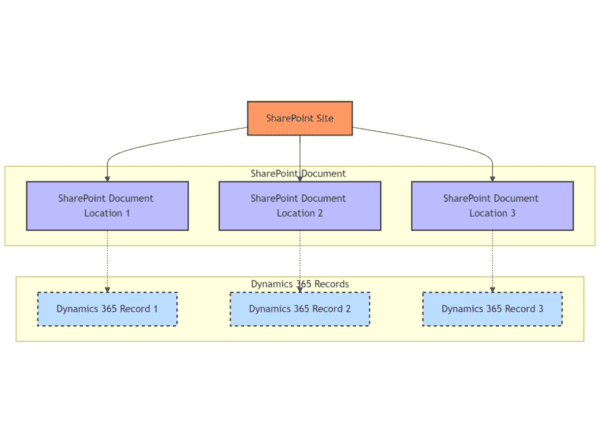A few weeks ago I held a presentation at my company’s kickoff. The theme of the session was the future of the workplace and we talked about a lot of different topics but one thing that stuck with me was this number from the Work Trend Index 2022 by Microsoft:
252% Increase in weekly time spent in meetings for the average Microsoft Teams user since February 2020
That’s a huge number, I find it hard to imagine. During the session we talked about a few mitigations for having less meetings where one of those mitigations is to work more asynchronous. Before I get into a few tips on how to become better at this lets clarify what asynchronous is and why it’s important
Synchronous is something done at the same time, such as a meeting or a phone call. Asynchronous is the complete opposite and the Cambridge dictionary specifies as not happening or done at the same time or speed. This distinction is the key to why it’s relevant to talk about this! Going from pre-Covid working 9-5 at the office and people being in at the same time to a hybrid world where people prioritize their own schedule and are working more scattered than before we need to start thinking about how to collaborate asynchronous. If we always have to work at the same time it will be harder and we will become less productive. And we don’t want that right? Side note: this Friday I left work at 15.00 to go to my vacation house with my family, and today Sunday I finished my last Friday tasks – when it’s possible this is the way to achieve result and have a flourishing life outside work as well 
Ok but why is this important in relation to the 252% increase in meeting? Well we need to start thinking about how to lower that number and realize EVERYTHING DOESN’T HAVE TO BE A MEETING and we can actually do a lot of work without meetings 
In this post I’ll share a few old and new, techy and non-techy tips for how to up your asynchronous work game 
Non-technical tips for asynchronous work
Ok let’s start with the non-technical tips, this is from my perspective both as an employee and as a consultant seeing different realities at my customers.
1. First of all, everything comes down to one thing and that is the company culture. We need a company culture that trust that their employees are doing their job and that the employees want their company to succeed. If we don’t trust our employees enough that they will do their job we have a bigger issue than the possibility to work asynchronous
2. Something I promote when learning tips and tricks in Microsoft Teams is that it’s ok to not answer a chat directly. Historically an chat message maybe was meant to be answered but today nope, if you need answer urgently make a call otherwise it’s ok to wait with the reply
3. This leads me to my next tip which I can’t stress enough for the “answer when I can” to work. It’s super important you WRITE THE FULL MESSAGE DIRECLTY! Sorry for caps but this is my favorite topic

VERSUS

4. And last don’t forget to tell the person writing to you that you will answer when you have the time, you’re not a douche you just have to prioritize your time and soon it’s your turn
Find more Microsoft Teams content here.
Technical tips for asynchronous work
But let’s see how Microsoft Teams can support our asynchronous game! Here are some things I use to help me:
1. My number one favorite feature in the Microsoft Teams app is quiet hours and I believe this is a key feature for asynchronous work. Just because someone wants to work different hours than you it doesn’t mean you want tons of notifications. In the mobile you can set the time and days when you want notifications and when you don’t. Do this! Do it so you can be off when you want even if you get a notification from a colleague working during the night
2. If you unlike me (who think it’s the counterparts responsibility to fix their notifications) want to do all the work with helping your colleagues soon you will have the possibility to schedule chat messages in Microsoft Teams. It’s rolling out now in preview. I find if contra productive to schedule messages since it removes the receivers choice on when they want to work.. but I’ve heard this is very asked for
3. I love to use the status message in Microsoft Teams since it makes it possible to leave a friendly message on no hello, I’ll answer when I can and also give people who want to chat with me a little input on what I’m doing. I have a really old blog post on it: How to use the status message in Microsoft Teams

Of course it all comes down to having work tasks that can be done without constant input from others, but these things can help a little. I hope this gets you started thinking about asynchronous work and how it can improve your productivity 
About the Author
- Working as a Technical Architect at Knowledge Factory at Advania
- Microsoft MVP in M365 Apps and Services, you can read more here.
- Co-organizer to Teamsdagen
- Microsoft certified – see my Acclaim profile here
Sterner, A., 2022, Asynchronous work with the help of Microsoft Teams, Available at: https://www.amandasterner.com/post/asynchronous-work-with-the-help-of-microsoft-teams [Accessed on 13 March 2023]













